In Montalcino, the capital of Italian wine, Nello Baricci was a pioneer, his legacy lives on.
The hill is round, exactly like a cake, and on top, more like a marzipan sculpture than a cherry, is the hamlet of Montalcino.
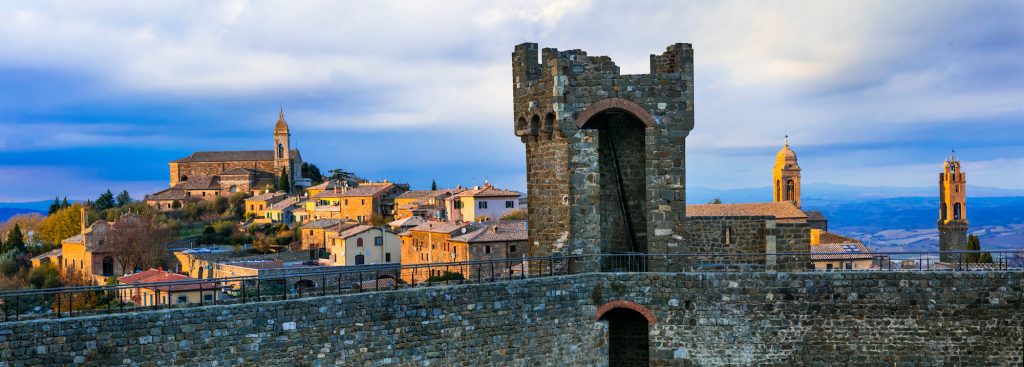
This is the capital of Italian wine; we are in the heart of Tuscany, where the famous Brunello di Montalcino is produced.
It’s very hard to walk these beautiful streets and disconnect from its past. Several documents show that Montalcino became permanently inhabited in 935 AD, for its location on the very top of the hill, as a protection from the Barbarians from land and the Saracens from the maritime towns.
Its majestic and impervious walls were built in 1110 and remain today, a timeless monument, like a crown on the head of the generous hill that for centuries provided abundance for the local inhabitants.

The Montalcino hill is round shaped with the northern side having a cooler climate and clay soil, and was cultivated mostly with vegetables, whereas the southern facing drier side of the hill, with its soil rockier and mineral, was cultivated with vines and olive trees.

Hunting has always been a tradition and an important staple of the Tuscan diet. Montalcino celebrates it twice a year, with the Sagra del Tondo, the traditional fair that announces the beginning and the end of the hunting season.
However, today, the wine is the blood of the hill, the reason for a fame celebrated all over the world by the finest wine collectors.
The history of Brunello is relatively young.
In 1888, Biondi Santi was the first to understand the potential of the Sangiovese grown locally. He also understood that the wine needed a longer time to age, to calm the “rebellious character” of this powerful wine when it’s too young.
The longer aging evolved the color of the wine, toward a more ‘bruno’ more brownish, not an intense brown color but just a hue, and therefore the name Brunello was born.
The Brunello di Montalcino became the local wine.
At the time, making wine was a privilege only of the wealthy, noble families. The method of employment was sharecropping.
Nello Baricci was born in 1921 and began at the tender age of seven helping his father.
In the fifties, just right after the war, the young Baricci was already an expert who had devoted all of his young life to listening to the whispers of the nature that surrounded him, to observe and to learn from it.
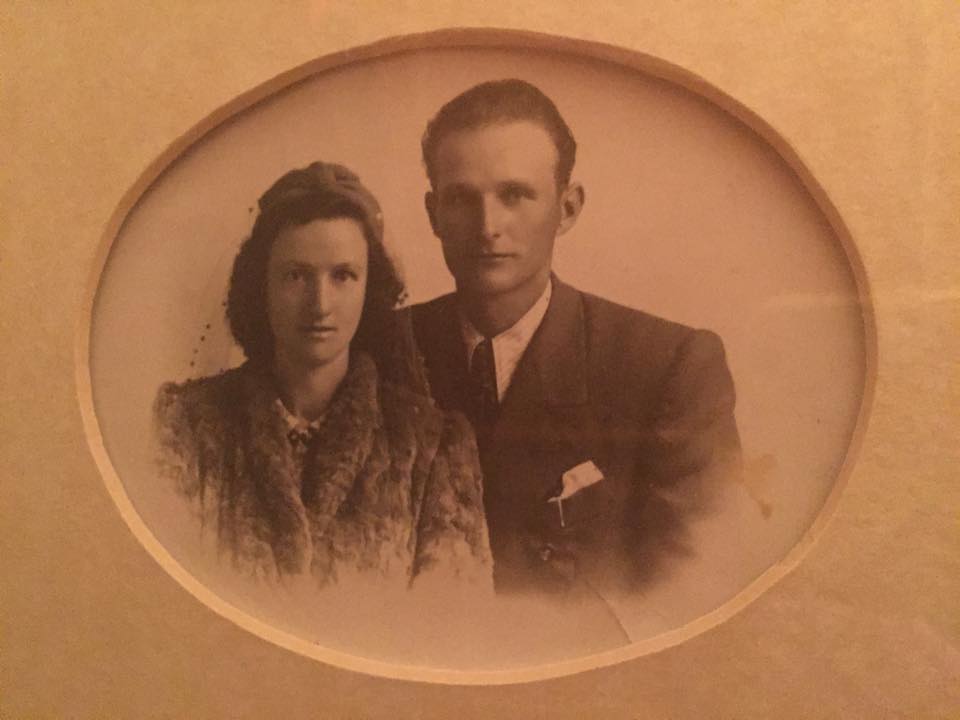
At the same time, right after the war, the farmland began to lose the majority of its population.
It was the appeal of the big cities, the growth of a middle-class full of ideals and dreams.
Labor became incredibly scarce while wealthy people refused to take up the harsh duties of the countryside. (Sharecropping was then abolished in Italy in 1965, an epochal change.)
Nello Baricci, fiercely strong, had no doubts in choosing where to meet the blindfolded goddess of fortune. He chose to purchase a tiny spot on the Northern side of the hill, the location called Montosoli, where the soil is not just difficult, it’s almost impossible.
The heavy clay, mixed with big boulders, made plows towed by horses, useless.
He bought five hectares, or eleven acres, and had to work all the property by hand. Meanwhile, he also built the house, which is still the nest of the family. He was the only one growing (and living) exclusively within the Cru of Montosoli, and still is today.
Quoting from books: “The exceptional geo-climatic conjunctions: the Pliocene marine-origin soil gives to the Sangiovese vine plants great richness of mineral substance, plus its rocky structure (quartz, marines, schistous, fossils) guarantees a forkful drain in the rainy seasons, a fundamental prerogative for a high-quality grape ripe.”
In 1967, thanks to him and a few other visionary winemakers, the association of the wine producers of Montalcino was created. Baricci was the first person to sign the Founding Statement of the Brunello Wine Making and he got the number one badge of the Brunello producers.
He also was the first one to register at the Chamber of Commerce the acreage as Brunello di Montalcino.
And, in 1980, he got the first DOCG label ever, the number 0000000001. There is only one Number One in Brunello di Montalcino.
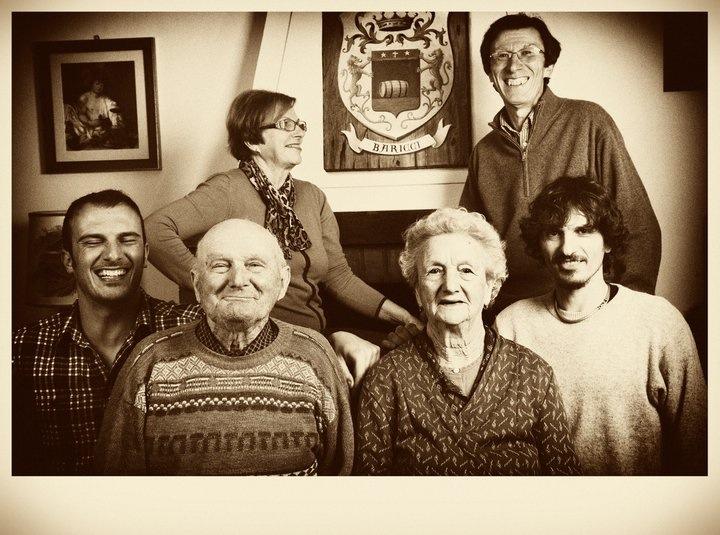
Nello Baricci’s legacy continues in the hands of his family, the two generation that followed him are fully involved – and a third one is on the making. And, they are working diligently to continue the legacy and improving in the almost impossible task to make these wines even better.
Of the two grandsons, Federico is the winemaker, while Francesco takes care of the markets and the rare 34,000 bottles that they produce every year are divided among 22 countries.
Baricci is moving toward biological and biodynamic agriculture; trimming the vines, bottling, and most other aspects of the care of the vineyard are done following the moon cycles. There is an obsessive observation of the microclimates – within the five hectares of the vineyard – and the tiny plots are already taken care differently.
However, there is something in common among the three generations: the love for nature, the sense that they belong there, and only there, and the connection with the elements. And, it is not just a glass of wine, we are drinking one hundred years of history any time we take a sip.
Read more articles about wine on Live in Italy Magazine:
3 Women Influencing Sicily’s Wine Landscape
The Love for Wine in Verona
My Secret Place in Piedmont

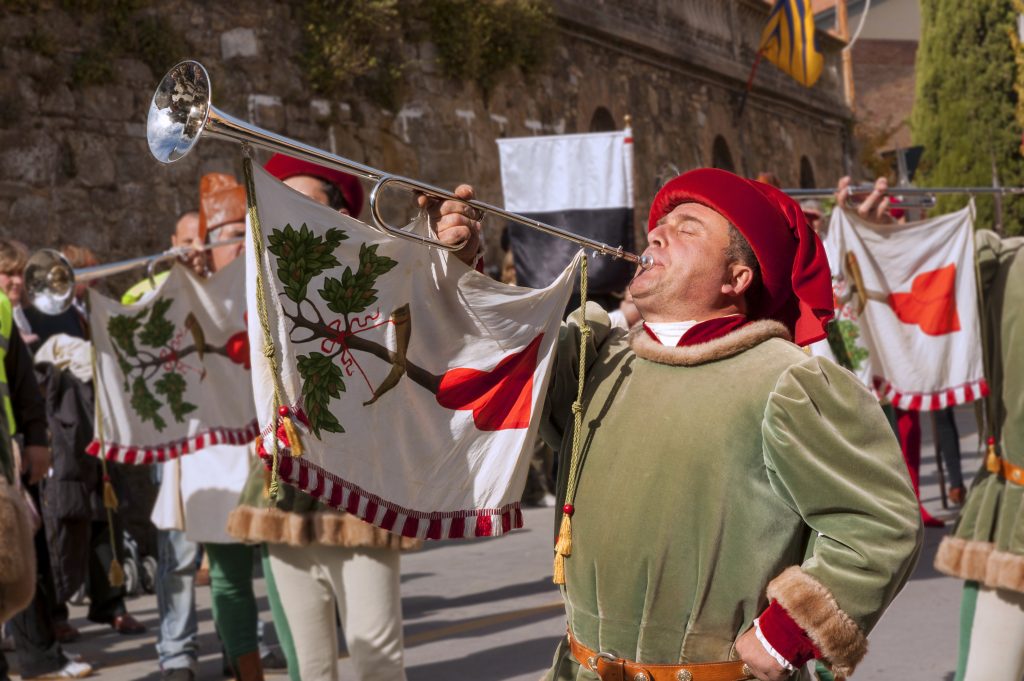
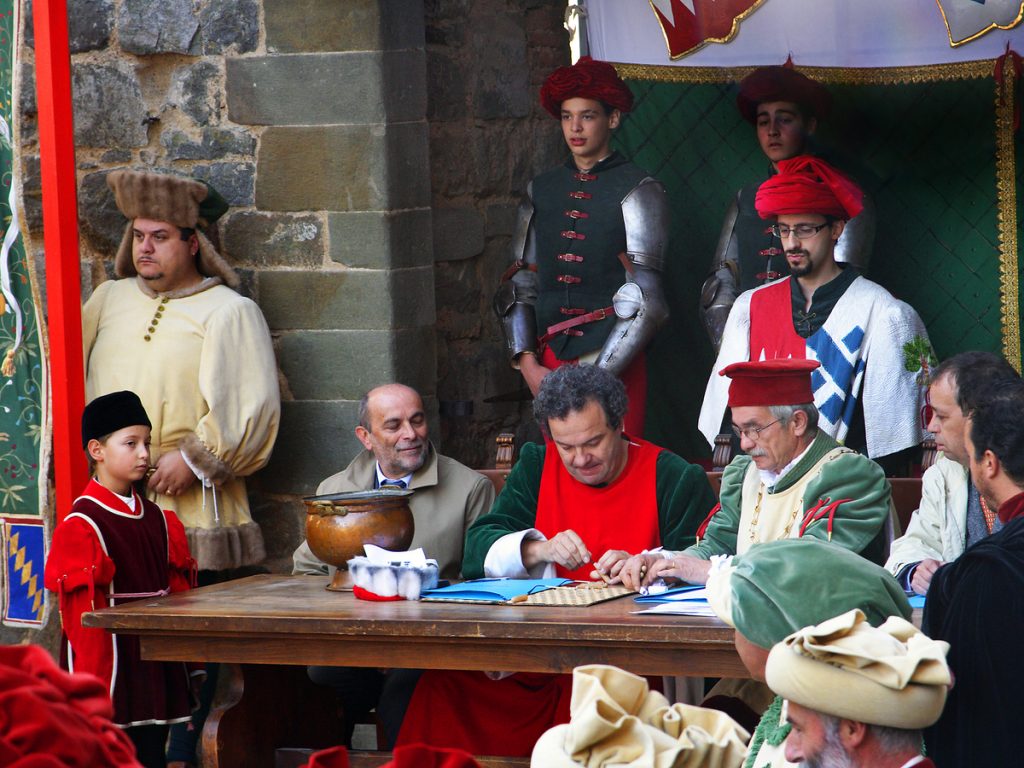

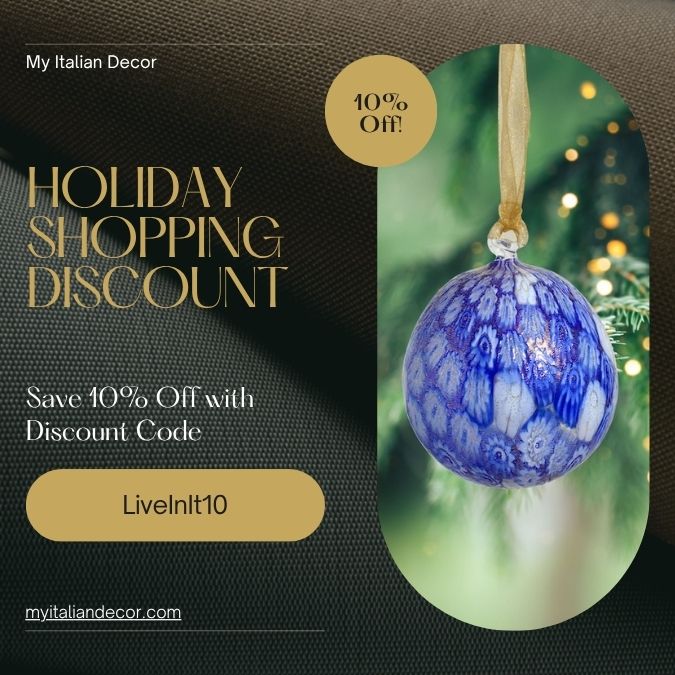
Molto bello!!!
Grazie Mille! 🍷